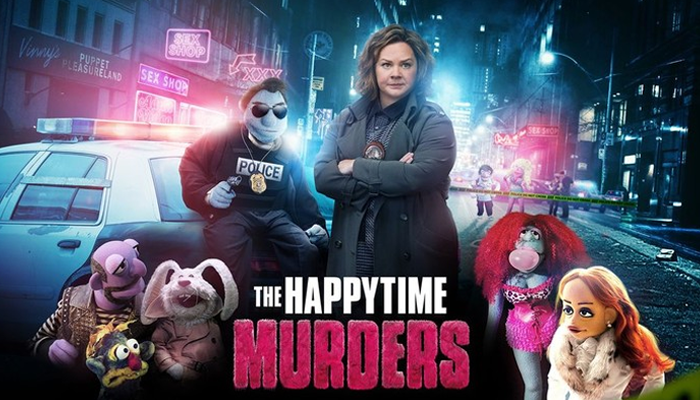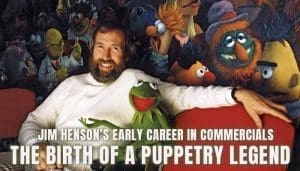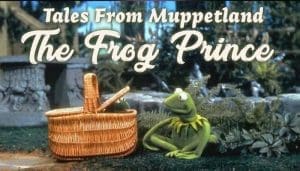When Jim Henson first introduced The Muppet Show to the world in the 1970s, it was a revolutionary take on puppetry, blending comedy, music, and guest star performances in a way that appealed to both children and adults. The Muppets became a cultural phenomenon, leading to movies, spin-offs, and countless merchandise. However, few could have imagined that decades later, the same creative lineage would give birth to something as dark and controversial as The Happytime Murders (2018).
Directed by Brian Henson, son of the legendary Jim Henson, The Happytime Murders is an R-rated puppet crime comedy that turns the wholesome image of puppets on its head. But how did we get from The Muppet Show to this raunchy, noir-style detective story? This blog post explores the evolution of puppetry, the making of The Happytime Murders, its reception, and its impact on the legacy of The Muppet Show.
From The Muppet Show to The Happytime Murders: A Radical Shift
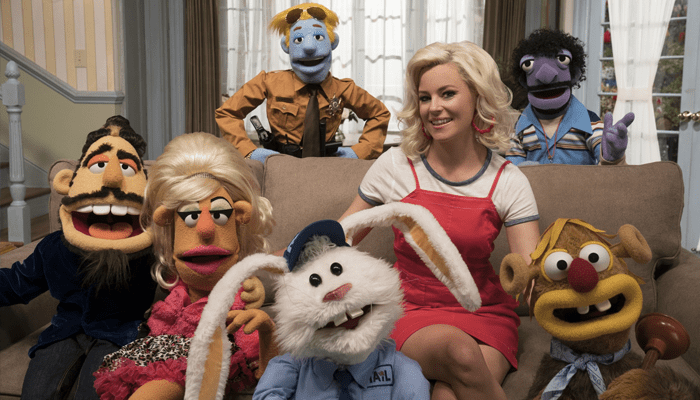
Jim Henson always pushed the boundaries of puppetry. While The Muppet Show and Sesame Street were his most famous contributions, he also created darker, more mature works like The Dark Crystal (1982) and Labyrinth (1986). These films proved that puppetry wasn’t just for kids—it could be used to tell deep, immersive, and even unsettling stories.
Brian Henson, following in his father’s footsteps, took a bold step further. The idea for The Happytime Murders had been in development since 2008, long before it was officially released in 2018. It was meant to be a stark contrast to traditional Muppet-style storytelling, embracing an adult audience with explicit content, crude humor, and a gritty, noir-inspired aesthetic.
Plot Summary: Puppets Gone Wild
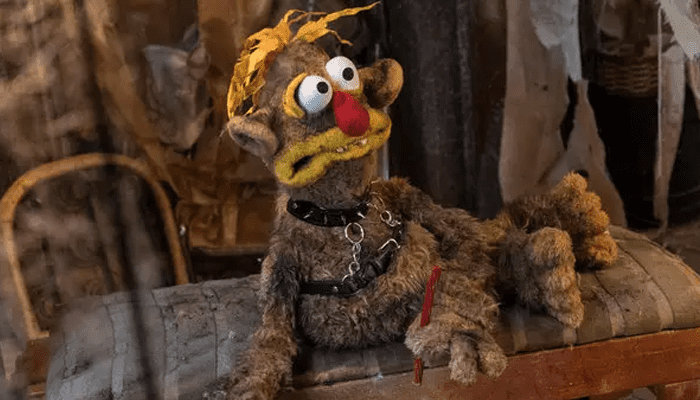
The Happytime Murders takes place in a world where humans and puppets coexist, but puppets are treated as second-class citizens. The story follows Phil Phillips, a disgraced ex-cop puppet turned private detective, who gets entangled in a murder mystery when members of a beloved 1980s puppet TV show, The Happytime Gang, start getting killed off one by one. Teaming up with his former partner, Detective Connie Edwards (played by Melissa McCarthy), Phil navigates the criminal underworld, encountering drugs, sex, and corruption—all featuring puppets.
This movie was clearly a stark departure from the family-friendly Muppet formula, offering scenes of puppet debauchery rarely (if ever) seen before.
The Reception: Critical and Audience Response
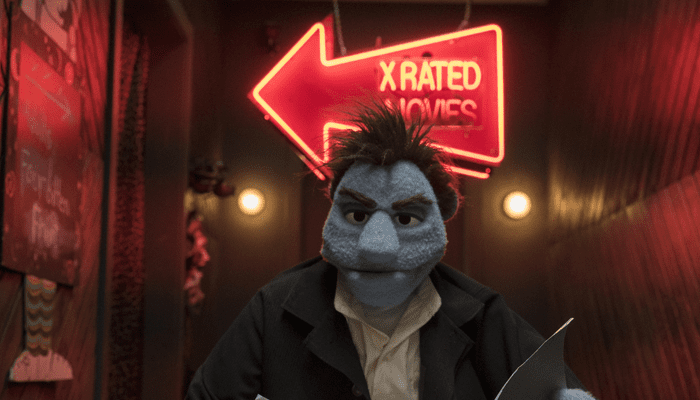
Despite the intriguing concept and the creative minds behind it, The Happytime Murders received overwhelmingly negative reviews from critics and audiences alike. It holds a dismal rating on Rotten Tomatoes and was criticized for its over-reliance on shock humor and lack of a compelling story. Many felt that while the idea of an R-rated puppet film had potential, its execution left much to be desired.
Common criticisms included:
- Overuse of crude humor at the expense of clever satire
- A weak script that leaned too heavily on the novelty of adult-themed puppets
- Underwhelming performances, despite the strong cast
- Failure to provide the depth and wit seen in earlier satirical puppet works like Team America: World Police (2004)
However, some viewers appreciated the film’s attempt to subvert expectations and explore a different side of puppetry. It gained a cult following among fans of absurdist and offbeat humor.
The Controversy: The Jim Henson Legacy Debate
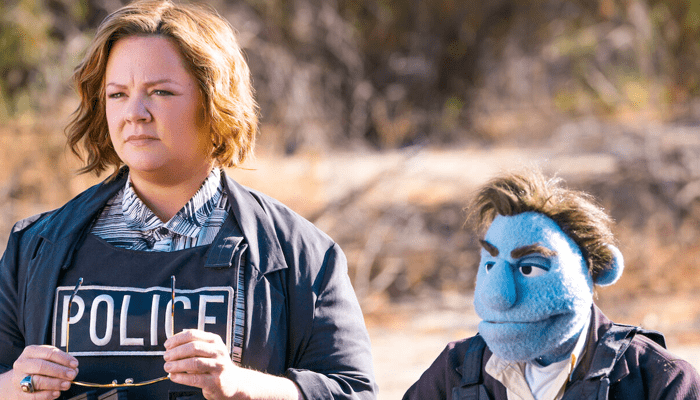
One of the biggest points of contention surrounding The Happytime Murders was whether or not it tarnished the legacy of Jim Henson. Some longtime Muppet fans were appalled at the film’s crude nature, seeing it as a betrayal of Henson’s wholesome vision. Others argued that the Henson family had always explored diverse forms of puppetry, and Brian Henson was merely experimenting with a different style.
The film even faced a lawsuit from the Sesame Street brand, which claimed that its marketing campaign (using the tagline “No Sesame. All Street.”) could mislead audiences into associating it with the iconic children’s show. The lawsuit was ultimately dismissed, but it added to the controversy surrounding the movie’s release.
The Future of Adult-Themed Puppetry
Despite its failure at the box office, The Happytime Murders opened the door for discussions about adult puppetry. Shows like Crank Yankers, Avenue Q, and even segments on Saturday Night Live have proven that puppetry isn’t just for kids. The challenge remains in finding the right balance—using puppets to tell adult stories in a way that is both innovative and meaningful, rather than just shocking for the sake of it.
Would Jim Henson have approved of The Happytime Murders? That’s up for debate. But what’s certain is that his legacy continues to inspire bold storytelling, whether through whimsical family entertainment or boundary-pushing adult satire.
Conclusion
The Happytime Murders was a bold, controversial experiment that didn’t quite hit the mark, but it remains an interesting footnote in the history of puppetry. Whether you loved it, hated it, or simply found it bizarre, it’s proof that puppets can be used to tell any kind of story—including the raunchiest, most unexpected ones.
What are your thoughts on The Happytime Murders? Was it a creative misfire or an underrated gem? Let us know in the comments below!

